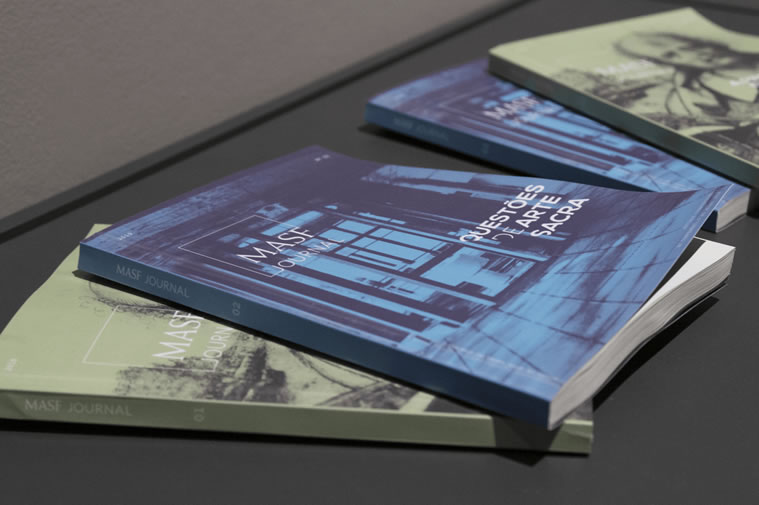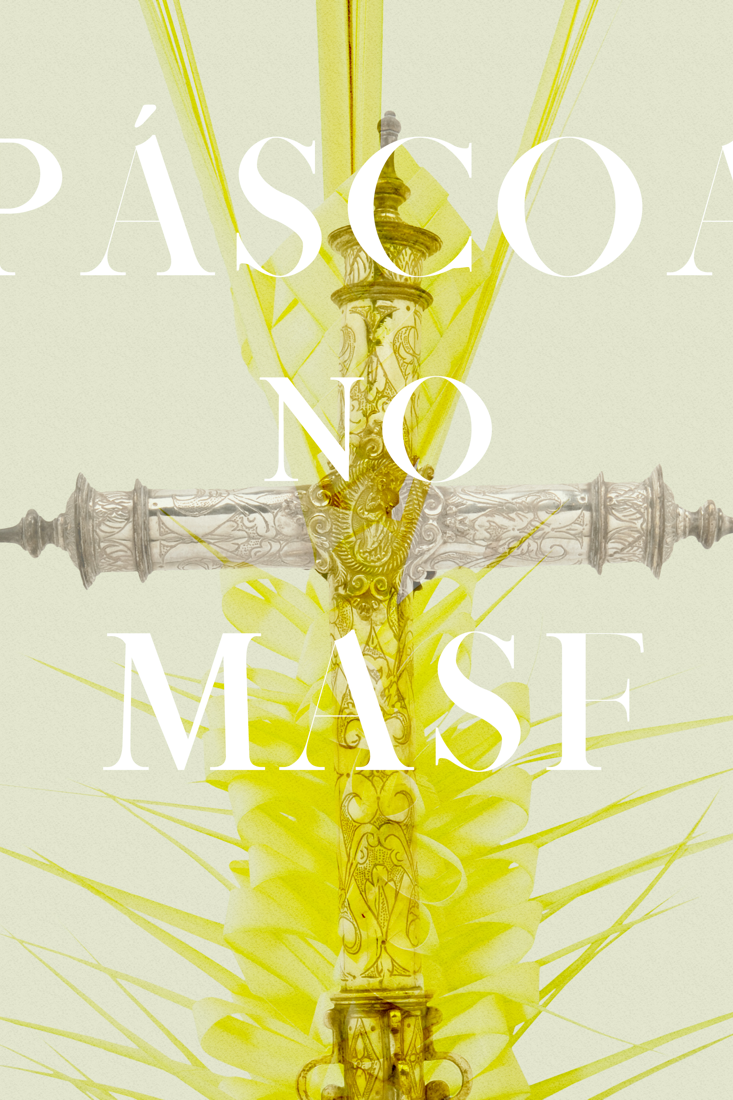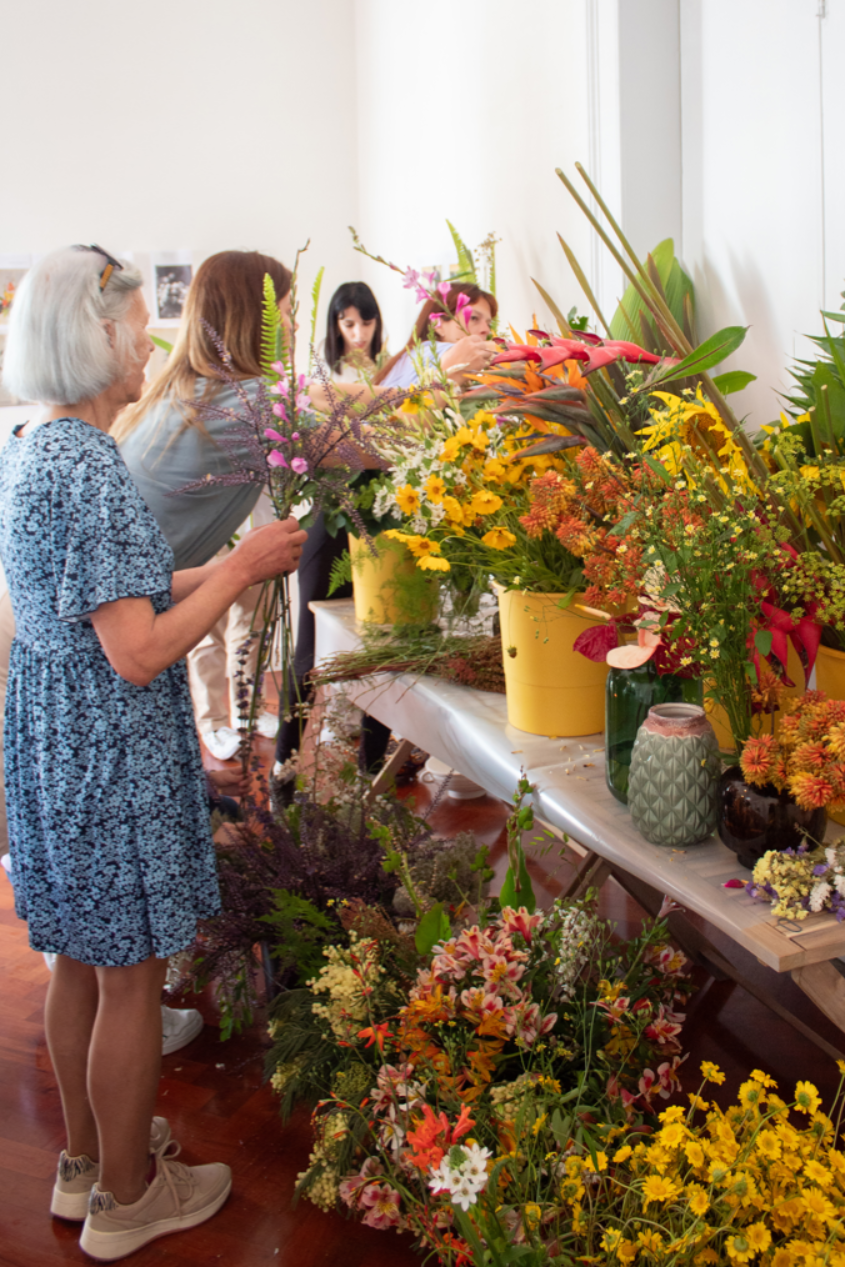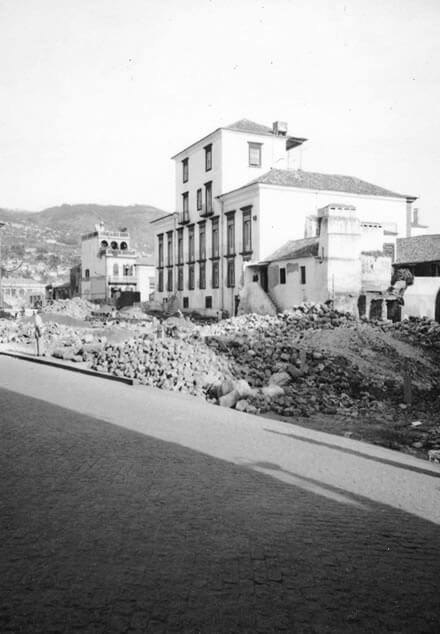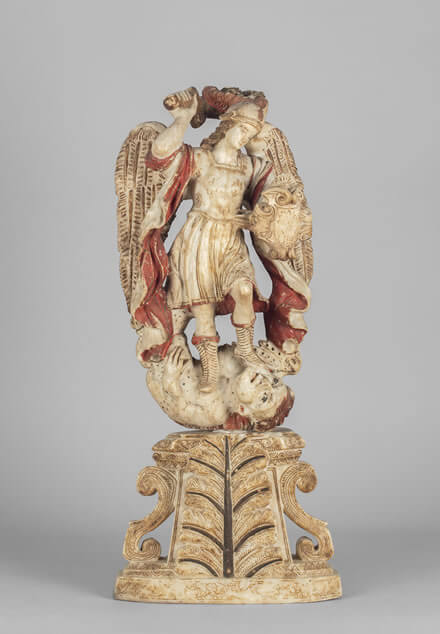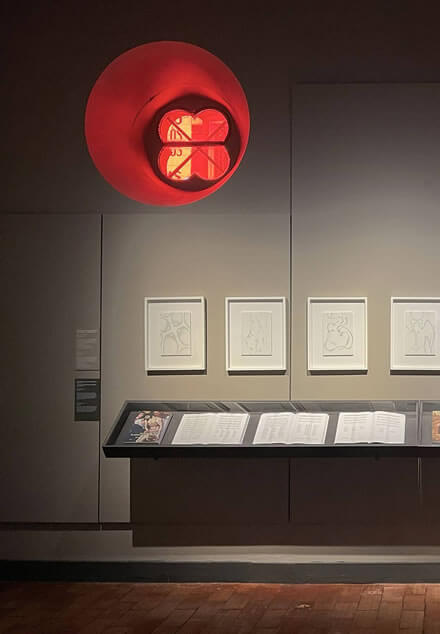EXPLORING AND LEARNING
The goal of the MASF Educational Service is to mediate and coordinate programmes and activities designed to divulge the Museum’s collection to the public.
We carry out various projects, activities and visits with schools in the Region and other institutions of social solidarity, free of charge, seeking to involve the public with the collection in an environment of exploration and shared experiences.
We carry out various projects, activities and visits with schools in the Region and other institutions of social solidarity, free of charge, seeking to involve the public with the collection in an environment of exploration and shared experiences.
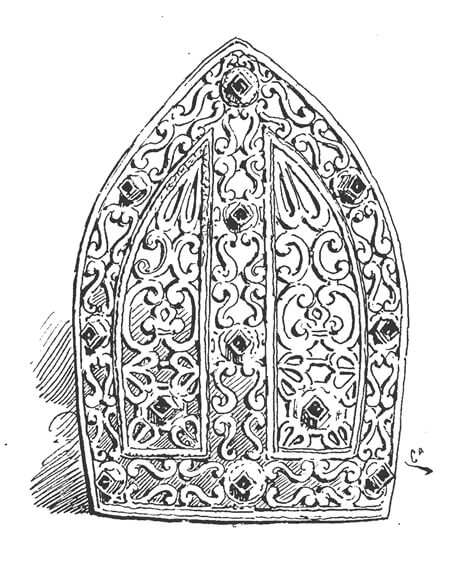
ACTIVITIES
MORE RECENT ACTIVITIES
PAST ACTIVITIES
. . . & RESOURCES
CHILDREN ACTIVITIES
Here are some activities aimed at children and young people, to accompany an autonomous visit.
Print it, bring it with you and have fun exploring the museum!
Print it, bring it with you and have fun exploring the museum!
MASFLEXIBLE
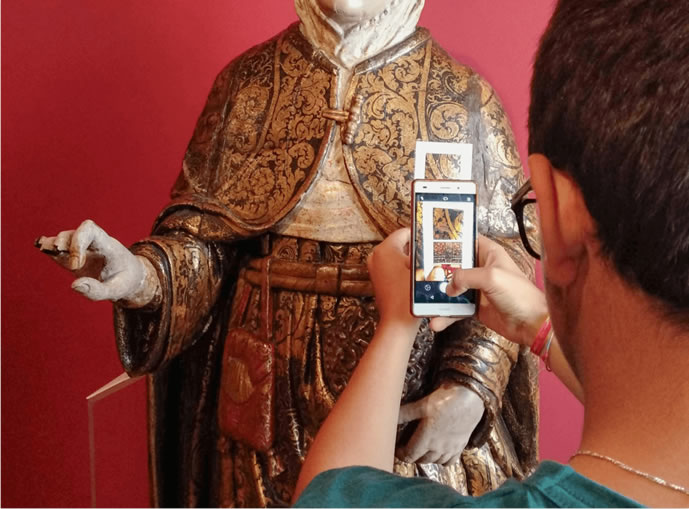
MASFlexible presents itself as a project where interdisciplinarity is affirmed, implying the work of specific contents and transversal competences, in order to value student-centered learning, involving them in the process, promoting their active and critical role in the construction of knowledge.
MASF created the MASFlexible project following the implementation of Autonomy and Curricular Flexibility for basic and secondary education, under Decree-Law no. 55/2018 of 6 July, within the scope of the priorities defined in the Program of the XXI Constitutional Government.
The project aims to promote more meaningful learning through curriculum management articulated with greater autonomy from schools. To this end, the educational service has a curriculum flexibility plan based on the reference documents Profile of Students Leaving Compulsory Schooling and Essential Learnings.
The activities within the scope of this project, called Workshops, are private, adapted to groups and are developed in close collaboration with the teachers who wish to attend the project.
The project aims to promote more meaningful learning through curriculum management articulated with greater autonomy from schools. To this end, the educational service has a curriculum flexibility plan based on the reference documents Profile of Students Leaving Compulsory Schooling and Essential Learnings.
The activities within the scope of this project, called Workshops, are private, adapted to groups and are developed in close collaboration with the teachers who wish to attend the project.
Liliana Melim
Martinho Mendes
Martinho Mendes
This project is intended for all primary and secondary school students.
• Provide meaningful learning situations;
• Enrich the Essential Learnings of the disciplines defined in the Workshops;
• Enhance the areas of competence defined in the Student Profile;
• Develop skills of reflection and critical thinking;
• Promote moments of sharing and confrontation of ideas;
• Implement student-centered methodologies;
• Develop knowledge and appreciation for the characteristic values of Portuguese identity, language, history and culture;
• Contribute to the understanding and acquisition of knowledge of local regional history through objects in the MASF collections;
• Enrich the Essential Learnings of the disciplines defined in the Workshops;
• Enhance the areas of competence defined in the Student Profile;
• Develop skills of reflection and critical thinking;
• Promote moments of sharing and confrontation of ideas;
• Implement student-centered methodologies;
• Develop knowledge and appreciation for the characteristic values of Portuguese identity, language, history and culture;
• Contribute to the understanding and acquisition of knowledge of local regional history through objects in the MASF collections;
BOOK YOUR ACTIVITY*
Guided tours requested from the MASF Educational Service (SE) must be scheduled up to 48 hours in advance of the desired date. As for the activities, it can be thematic with a workshop component or under the MASFlexível project, dependent on vacancy and the annual program of the SE. These activities must be booked at least two weeks in advance of the intended date.
SE offers individual support to teachers and educators in the preparation of other activities, subject to availability and appointment.
ACTIVITIES SCHEDULE:Tue. to Fri. from 10 am to 12:30 pm / 2 pm to 5 pm. Sat. from 10 am to 12:30 pm (subject to availability of SE technicians).
SE offers individual support to teachers and educators in the preparation of other activities, subject to availability and appointment.
ACTIVITIES SCHEDULE:Tue. to Fri. from 10 am to 12:30 pm / 2 pm to 5 pm. Sat. from 10 am to 12:30 pm (subject to availability of SE technicians).
Schedule your activity by filling in our online form here (only in Portuguese).
Contact us via email: or reach us by telephone: (+351) 291 228 900
(Mon. to Fri. from 10 am to 12:30 pm / 2 pm to 5 pm).
Contact us via email: or reach us by telephone: (+351) 291 228 900
(Mon. to Fri. from 10 am to 12:30 pm / 2 pm to 5 pm).
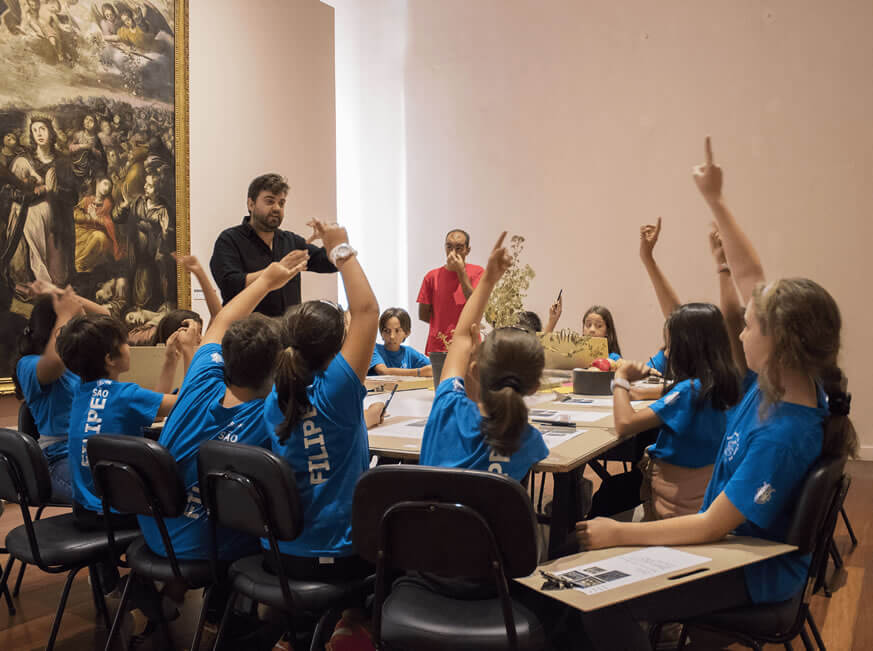
A PIONEER SERVICE IN THE REGION
In 1994, the MASF Educational Service was the first Educational Service to be founded in a museum of the Madeira Archipelago. Its constitution proved to be of particular importance in the panorama of heritage and artistic education in the archipelago, as its initial operating model served in the following years, as the inspiration for the opening of educational services in other cultural institutions throughout the archipelago, in particular, the museums of the regional public network.
Initially, the technical team of the MASF Educational Service was under the guidance of Ana Duarte of the Setúbal Museum. Made up of two teachers, one from the subject area of History and the other from Visual Arts, between 1994 and 2005, the team mainly concentrated on carrying out educational and cultural activities structured around the following points: artistic training; heritage education; the use of games.
Since 2007, the head of the educational service, Martinho Mendes, has gradually added other strategies and educational perspectives. In 2013, in his master thesis entitled “Dialogues between Ancient Art and Contemporary Art at the Sacred Art Museum of Funchal”, Martinho Mendes defended the “Educational Model in Open Circuit”, a model based on the constructivist perspective, which says that knowledge results from the subject’s social interaction with the world, in a dialectical relationship mediated by various historical-cultural tools such as art, for example.
Initially, the technical team of the MASF Educational Service was under the guidance of Ana Duarte of the Setúbal Museum. Made up of two teachers, one from the subject area of History and the other from Visual Arts, between 1994 and 2005, the team mainly concentrated on carrying out educational and cultural activities structured around the following points: artistic training; heritage education; the use of games.
Since 2007, the head of the educational service, Martinho Mendes, has gradually added other strategies and educational perspectives. In 2013, in his master thesis entitled “Dialogues between Ancient Art and Contemporary Art at the Sacred Art Museum of Funchal”, Martinho Mendes defended the “Educational Model in Open Circuit”, a model based on the constructivist perspective, which says that knowledge results from the subject’s social interaction with the world, in a dialectical relationship mediated by various historical-cultural tools such as art, for example.
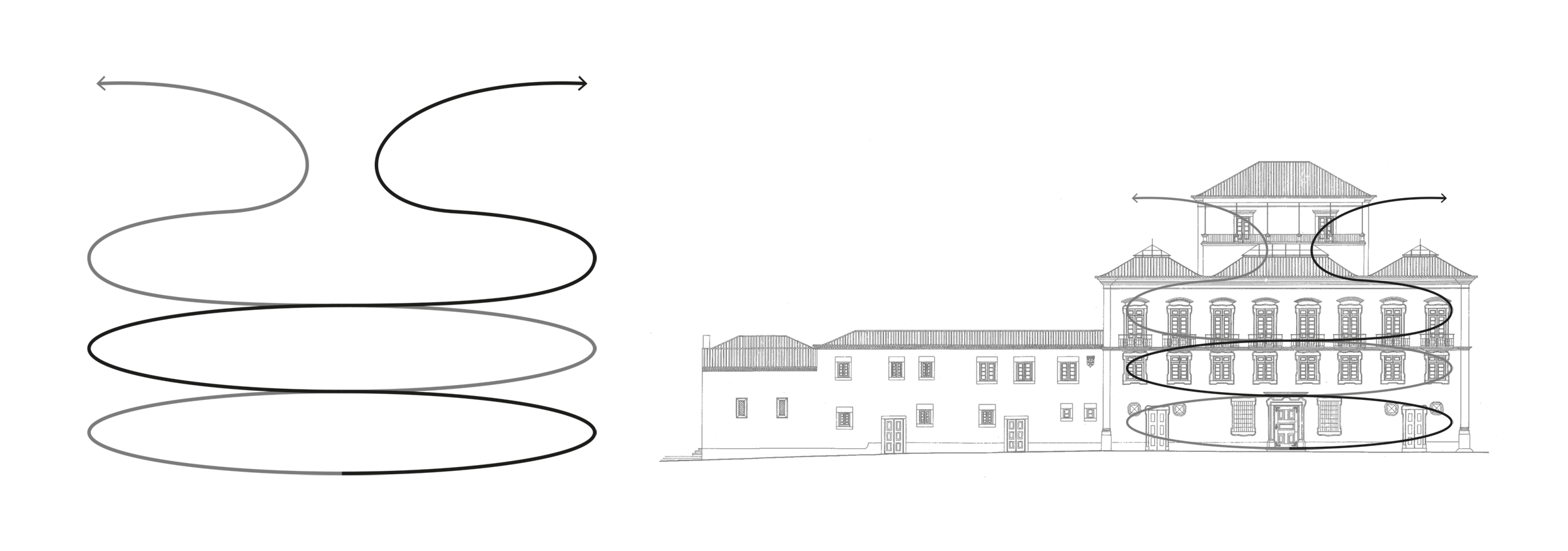
The Open-Circuit Educational Model owes its name to the diagram generated on the south facade of the main body of the MASF building. It is formed by an open line that passes through all the interior spaces of the Museum through an inter-crossed and ascending circular movement, which opens to the outside from the windows of the Belvedere Tower. This diagram functions as a metaphor that represents the idea of ascension and the opening of the interior of the Museum – or its more crystallised museographic discourse, which tended to be closed and reduced to the exhibition space – towards a higher level, enhancing a broader view.
This model suggests that the bases of educational programming should be redesigned frequently, according to what is known about the characteristics of the groups of visitors and the permanent articulation of the collections of Portuguese and Flemish art. It also proposes the continuing development of educational programmes or activities that can foster dialogue and the approximation to the complexity of contemporary art, benefiting from the contributions demonstrated in the interpretation and communication of the permanent collections of the MASF.
With regard to the public, the open-circuit educational model studies the characteristics of the groups in advance in order to better guide and define the educational actions and experiences – in the case of school groups, for example, it seeks to ascertain the data related to the age group: the details of the curricula, thematic interests and interdisciplinary contact points that motivate the scheduling of study visits. The public is seen as an active element in the construction of aesthetic and artistic experiences, and as cooperative, through the gathering of personal interpretations in the construction of the plural sense of the works.
In short, the open-circuit educational model, inspired by the dialogues between contemporary art and ancient art, with clear associations with local reality, is the vector that has allowed the MASF to become a laboratory space of knowledge and constant challenge.
This model suggests that the bases of educational programming should be redesigned frequently, according to what is known about the characteristics of the groups of visitors and the permanent articulation of the collections of Portuguese and Flemish art. It also proposes the continuing development of educational programmes or activities that can foster dialogue and the approximation to the complexity of contemporary art, benefiting from the contributions demonstrated in the interpretation and communication of the permanent collections of the MASF.
With regard to the public, the open-circuit educational model studies the characteristics of the groups in advance in order to better guide and define the educational actions and experiences – in the case of school groups, for example, it seeks to ascertain the data related to the age group: the details of the curricula, thematic interests and interdisciplinary contact points that motivate the scheduling of study visits. The public is seen as an active element in the construction of aesthetic and artistic experiences, and as cooperative, through the gathering of personal interpretations in the construction of the plural sense of the works.
In short, the open-circuit educational model, inspired by the dialogues between contemporary art and ancient art, with clear associations with local reality, is the vector that has allowed the MASF to become a laboratory space of knowledge and constant challenge.
PUBLICATIONS & RESEARCH
MJournals and catalogs published by MASF, and other publications about the collection, available for download.
The MASF JOURNAL is a digital annual publication showcasing the event “Museum Conferences”. This publication is made freely available on the Internet.
The purpose of this magazine is to make the topics presented and discussed by our lecturers more widely available, through a publishing platform meant to support the exchange and sharing of the ideas and knowledge generated in our conferences.
The structure chosen for the magazine incorporates a Call for Papers section, where candidates are invited to submit their work addressing the Conference themes. Papers can be submitted in Portuguese (the preferential language), English, French and Spanish.
The purpose of this magazine is to make the topics presented and discussed by our lecturers more widely available, through a publishing platform meant to support the exchange and sharing of the ideas and knowledge generated in our conferences.
The structure chosen for the magazine incorporates a Call for Papers section, where candidates are invited to submit their work addressing the Conference themes. Papers can be submitted in Portuguese (the preferential language), English, French and Spanish.
CALL FOR PAPERS (Coming Soon!)
Theses and Dissertations
Serrão, Vítor (1992). A Pintura proto-barroca em Portugal 1612-1657 [tese de doutoramento]. Coimbra: Faculdade de Letras da Universidade de Coimbra. Available in: http://hdl.handle.net/10316/648
Ladeira, Paulo (2003). O Rococó na Madeira. A talha e a Pintura do último barroco ao primeiro neoclássico [dissertação de mestrado]. Funchal: Universidade da Madeira. Available in: http://hdl.handle.net/10400.13/589
Pestana, Maria (2004). Das coisas visíveis às invisíveis: Contributos para o Estudo da Pintura Maneirista na Ilha da Madeira (1540-1620) Volume I [tese de doutoramento] Funchal: Universidade da Madeira.
Mendes, Martinho (2013). Diálogos entre arte antiga e arte contemporânea no Museu de Arte Sacra do Funchal [dissertação mestrado]. Lisboa: Faculdade de Belas Artes da Universidade de Lisboa. Available in: http://hdl.handle.net/10451/8848
Turgo, Catarina (2019). Do trabalho invisível ao contacto com o público no Museu de Arte Sacra do Funchal [dissertação mestrado]. Coimbra: Faculdade de Letras da universidade de Coimbra. Available in: http://hdl.handle.net/10316/93378
Sousa, Leonilde (2021). O serviço educativo num espaço cultural: Museu de Arte Sacra do Funchal [dissertação mestrado]. Funchal: Universidade da Madeira. Available in: http://hdl.handle.net/10400.13/3611
Conference Papers and Books
Rodrigues, Rita (2010). Manuel Pereira, entalhador e imaginário madeirense do século XVII, e os circuitos de divulgação de modelos para as periferias. Anuário do centro de Estudos de História do Atlântico. 2, 229-337.
Rodrigues, Rita (2010) As obras de Martim Conrado no arquipélago da Madeira: Martírio de Santa Úrsula e das Onze Virgens, Funchal: CEHA.
Fraga, Raquel (2000). Notável painel quatrocentista da escola de Nuno Gonçalves descoberto no Funchal, Revista Islenha; 27, 40-59.
Franco,José & Costa,João (2014). Diocese do Funchal, A primeira Diocese Global, História, Cultura e Espiritualidades. Funchal: Diocese do Funchal.
Books / Studies
Zagallo, Manuel Cayolla (1943). A Pintura dos séculos XV e XVI da Ilha da Madeira (Subsídios para o seu estudo e inventário). Lisboa: Academia Nacional de Belas Artes.
Everaert, J. & Stols, E. (dir) (1991) Flandres e Portugal. Na confluência de duas culturas. Lisboa e Antuérpia: Edições Inapa e Fonds Mercator.
Carvalho, Rui Galopim de (2010). Pedras preciosa na arte sacra em Portugal. Lisboa: CTT.
Fontoura, Otília (2000). As Clarissas na Madeira: Uma presença de 500 anos. Funchal: Centro de Estudos de História do Atlântico, Secretaria Regional do Turismo e Cultura.
Jardim, Maria (1996). A Santa Casa da Misericórdia do Funchal. Funchal: Secretaria Regional do Turismo e Cultura.
Noronha, Henrique Henriques (1996). Memórias seculares e eclesiásticas para a composição da Diocese do Funchal [publicado originalmente em 1722]. Funchal: Secretaria Regional de Turismo e Cultura – Centro de Estudos de História do Atlântico.
Carita, Rui (2015). A Sé do Funchal: 1514-2014. Funchal: DRAC.
Sousa, Francisco Clode & Rodrigues, Rita (2021). White Gold Itinerary. Art in Madeira Archipelago 15th and 16th Centuries. Funchal: 600 Anos Madeira e Porto Santo.
